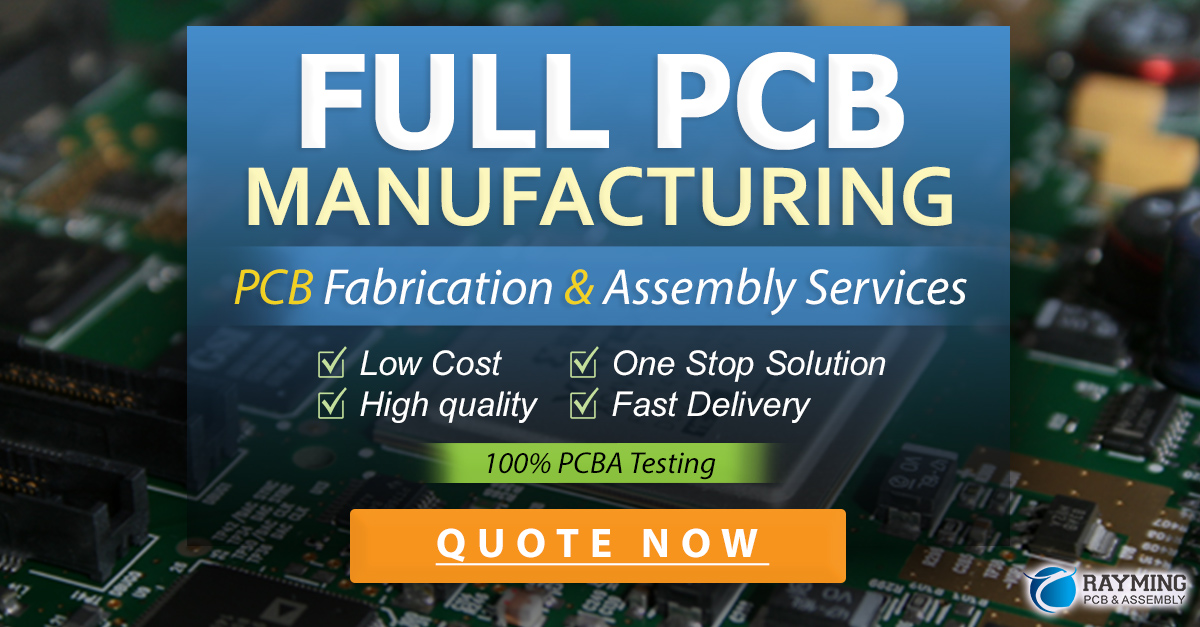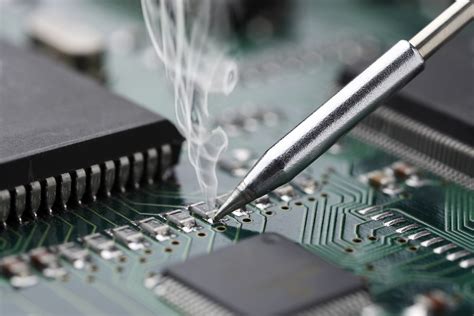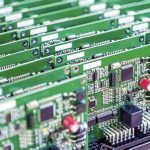Introduction to PCB Assembly
Printed Circuit Board (PCB) assembly is a crucial process in the manufacturing of electronic devices. It involves the mounting of electronic components onto a PCB to create a functional circuit. There are two main types of PCB assembly: through-hole and surface mount. In this article, we will focus on through-hole PCB assembly, its process, advantages, and disadvantages.
What is Through-Hole PCB Assembly?
Through-hole PCB assembly is a method of mounting electronic components onto a PCB by inserting their leads through holes drilled in the board. The leads are then soldered to the copper pads on the opposite side of the board to create a permanent connection. This method has been used for decades and is still popular for certain applications.
Advantages of Through-Hole PCB Assembly
-
Strength: Through-hole components are mechanically stronger than surface mount components, making them ideal for applications that require high reliability and durability.
-
Ease of repair: Through-hole components are easier to replace and repair than surface mount components, as they can be easily desoldered and removed from the board.
-
Prototyping: Through-hole PCB assembly is often used for prototyping and small-scale production, as it is less expensive and faster than surface mount assembly.
Disadvantages of Through-Hole PCB Assembly
-
Size: Through-hole components are larger than surface mount components, which can limit the density of components on the board.
-
Cost: Through-hole PCB assembly is more labor-intensive and time-consuming than surface mount assembly, which can increase the cost of production.
-
Automation: Through-hole PCB assembly is less suitable for automated assembly processes, as the components must be inserted manually.
The Through-Hole PCB Assembly Process
The through-hole PCB assembly process consists of several steps, which are outlined below.
Step 1: PCB Design and Fabrication
The first step in the through-hole PCB assembly process is to design and fabricate the PCB. This involves creating a schematic diagram of the circuit, laying out the components on the board, and generating the necessary files for manufacturing. The PCB is then fabricated using a process called etching, which removes the unwanted copper from the board, leaving only the desired traces and pads.
Step 2: Component Insertion
Once the PCB has been fabricated, the next step is to insert the through-hole components into the board. This is typically done manually, using a tool called a component insertion machine or by hand. The components are inserted into the holes in the board, with their leads extending through to the opposite side.
Step 3: Soldering
After the components have been inserted, the next step is to solder them to the board. This is typically done using a wave soldering machine, which applies molten solder to the underside of the board, creating a permanent connection between the component leads and the copper pads. Alternatively, the components can be soldered manually using a soldering iron.
Step 4: Inspection and Testing
Once the soldering process is complete, the PCB undergoes a thorough inspection and testing process to ensure that it is functioning correctly. This may involve visual inspection, electrical testing, and functional testing. Any defects or issues are identified and corrected at this stage.
Step 5: Finishing and Packaging
The final step in the through-hole PCB assembly process is finishing and packaging. This may involve applying a protective coating to the board, such as conformal coating or potting, to protect it from environmental factors such as moisture and dust. The PCB is then packaged and shipped to the customer.
Factors to Consider When Choosing Through-Hole PCB Assembly
When choosing through-hole PCB assembly for your project, there are several factors to consider, including:
-
Component availability: Some components may only be available in through-hole packages, which may limit your options for surface mount assembly.
-
Mechanical strength: If your application requires high mechanical strength and durability, through-hole PCB assembly may be the best choice.
-
Cost: Through-hole PCB assembly is typically less expensive than surface mount assembly for small-scale production and prototyping.
-
Size: Through-hole components are larger than surface mount components, which may limit the density of components on the board.
-
Automation: Through-hole PCB assembly is less suitable for automated assembly processes, which may increase the cost and time of production.

Common Applications of Through-Hole PCB Assembly
Through-hole PCB assembly is used in a wide range of applications, including:
-
Automotive electronics: Through-hole PCB assembly is often used in automotive electronics, such as engine control modules and power distribution systems, due to its high reliability and durability.
-
Industrial control systems: Through-hole PCB assembly is commonly used in industrial control systems, such as PLCs and motor controllers, due to its ability to withstand harsh environments and high temperatures.
-
Medical devices: Through-hole PCB assembly is used in medical devices, such as patient monitors and diagnostic equipment, due to its high reliability and safety requirements.
-
Military and aerospace: Through-hole PCB assembly is used in military and aerospace applications, such as avionics and communications systems, due to its ability to withstand extreme temperatures and vibrations.
Comparison of Through-Hole and Surface Mount PCB Assembly
| Feature | Through-Hole | Surface Mount |
|---|---|---|
| Component size | Larger | Smaller |
| Component density | Lower | Higher |
| Mechanical strength | Higher | Lower |
| Ease of repair | Easier | More difficult |
| Cost | Lower for small-scale production | Lower for large-scale production |
| Automation | Less suitable | More suitable |
Frequently Asked Questions (FAQ)
-
Q: What is the difference between through-hole and surface mount PCB assembly?
A: Through-hole PCB assembly involves inserting component leads through holes in the board and soldering them to the opposite side, while surface mount PCB assembly involves placing components directly on the surface of the board and soldering them in place. -
Q: When should I choose through-hole PCB assembly over surface mount?
A: Through-hole PCB assembly is best suited for applications that require high mechanical strength and durability, such as automotive and industrial control systems. It is also commonly used for prototyping and small-scale production. -
Q: Can through-hole and surface mount components be used on the same PCB?
A: Yes, it is possible to use both through-hole and surface mount components on the same PCB, a technique known as mixed assembly. However, this requires careful design and planning to ensure compatibility and proper placement of components. -
Q: What are the steps involved in the through-hole PCB assembly process?
A: The through-hole PCB assembly process typically involves PCB design and fabrication, component insertion, soldering, inspection and testing, and finishing and packaging. -
Q: What are some common applications of through-hole PCB assembly?
A: Through-hole PCB assembly is commonly used in automotive electronics, industrial control systems, medical devices, and military and aerospace applications, among others.
Conclusion
Through-hole PCB assembly is a reliable and cost-effective method for mounting electronic components onto a PCB. While it may not be as suitable for high-density designs or automated assembly processes as surface mount assembly, it remains a popular choice for applications that require high mechanical strength and durability, as well as for prototyping and small-scale production.
When choosing between through-hole and surface mount PCB assembly, it is important to consider factors such as component availability, mechanical strength, cost, size, and automation requirements. By weighing these factors and understanding the advantages and disadvantages of each method, you can make an informed decision that best suits your project needs.






Leave a Reply